Over 200 students participated in a “Project Fair” initiated by the Helen Diller Quantum Center which took place on June 20, 2021.
The Technion undergraduate students were invited to take advantage of a unique opportunity to shop for a “Final Project” from a menu of projects offered by different faculties and industry. The fair, which offered the participants free Pizza and beer gave the students an opportunity to meet their peers from other faculties and rebuild personal contact that suffered during the Covid19 pandemic.
Different labs at Technion are devoted to research in quantum science and technology and the Helen Diller Quantum Center encourages undergraduate students to delve into this growing field. The multidisciplinary world of quantum science and technology encompasses a large range of fascinating areas and today it is at the forefront of the groundbreaking research around the world.
All you need to do is look through the list of proposed projects (listed below), choose a project which interests you, and schedule a meeting with the project’s head researcher. Following the meeting, if both sides agree to continue, simply contact the project coordinator in your home Faculty to receive a formal approval.
Every year, the Helen Diller Quantum Center will host a competition where the best Final Projects in the field of quantum will receive prizes.
For more information, please contact Meirav: sondak@technion.ac.il, Tel. 04-8293052
- +שמות אנשי הקשר שמאשרים את הפרוייקטים בפקולטות השונות:
-
מדעי המחשב- טל מור talmo@cs.technion.ac.il
הנדסת חומרים- יכין עברי ivry@technion.ac.il
פיסיקה- וינסנט דז'אק vincent.desj@technion.ac.il
כימיה- גליה מעיין gm92@technion.ac.il
הנדסת מכונות- שלי צלילshellytz@technion.ac.il
חשמל- עידו קמינר kaminer@technion.ac.il
מתמטיקה- רחל טובול mathstd@technion.ac.il
- +Revisiting the foundations of nonlinear optics using quantum light
-
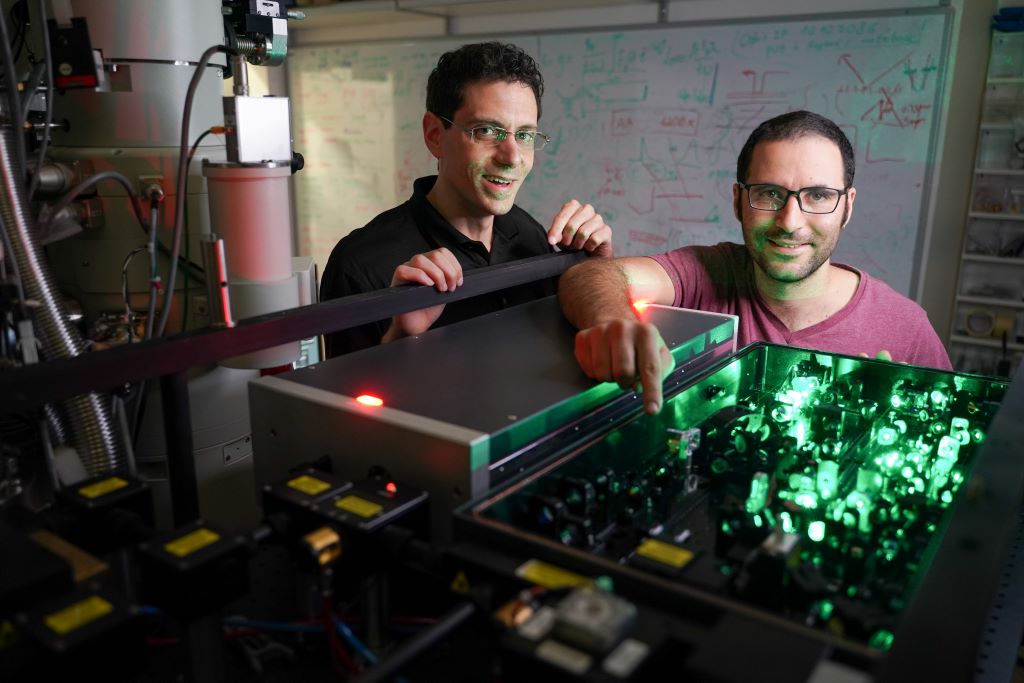
Advisor: Ido Kaminer
Contact: kaminer@technion.ac.il; alexey.gorlach@gmail.com
Abstract:
Pre-requisites:
Advanced courses in quantum mechanics
Advantage for background in quantum optics
Read our paper (and its supplementary): https://www.nature.com/articles/s41467-020-18218-w
- +Generation and control of quantum light toward applications in photonic quantum computing
-
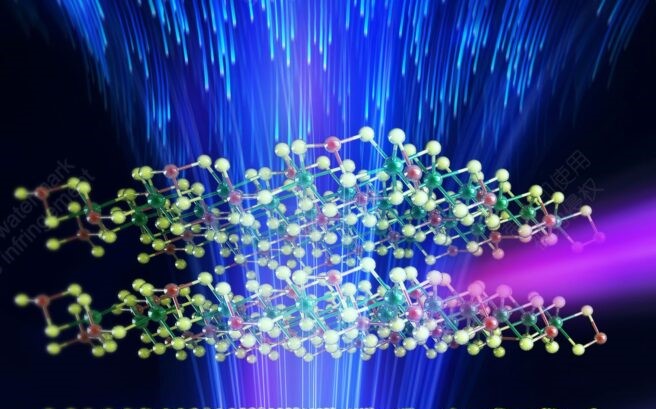
Advisor: Ido Kaminer
Contact: kaminer@technion.ac.il; skurman@campus.technion.ac.il
Abstract:
Develop optimization algorithms for the generation and control of the quantum state of light
Pre-requisites:
Advanced courses in quantum mechanics
Advantage for background in quantum optics
Proficiency in machine learning
- +Free-electron qubits: inverse-design of quantum gates
-
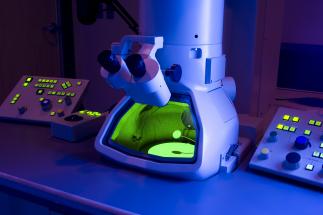
Advisor: Ido Kaminer
Contact: kaminer@technion.ac.il
ron.ruimy@campus.technion.ac.il
Abstract:
Free electrons emerge as a new platform for quantum information processing. We plan to explore their interactions in the field of continuous variable quantum information
Pre-requisites:
Experience with optimization algorithms
Read our paper: https://onlinelibrary.wiley.com/doi/full/10.1002/andp.202000254
- +On-chip quantum nonlinear optics
-
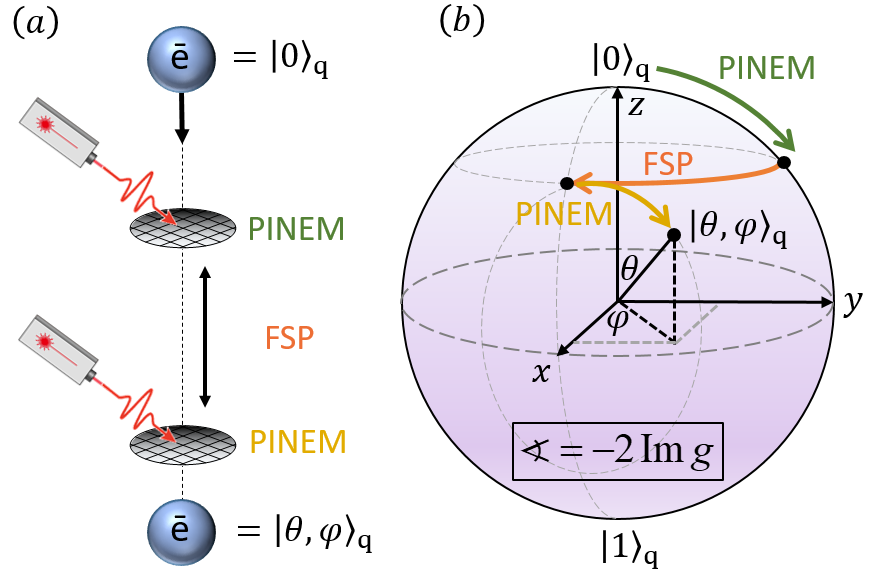
Advisor: Ido Kaminer
Contact: kaminer@technion.ac.il; raphaeld@campus.technion.ac.il
Abstract:
Pre-requisites:
- +Characterization of novel laser sources for attosecond microscopy
-
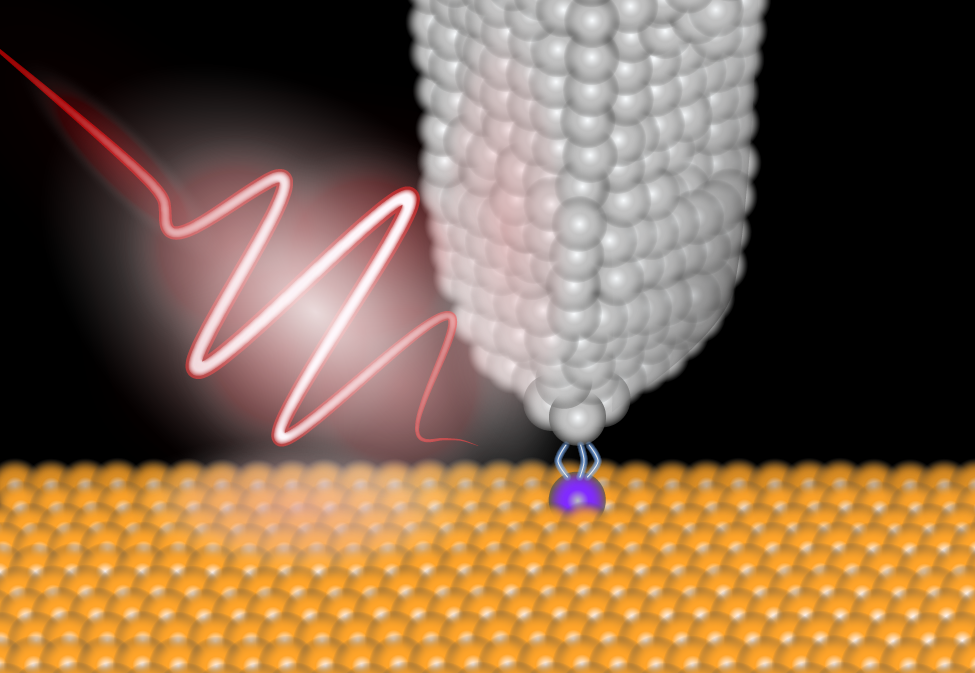
Advisor: Michael Krueger
Contact: kaminer@technion.ac.il
Abstract:
Attosecond microscopy (1 as = 10-18 s) enables the observation of ultrafast quantum dynamics in real-time. To this end, we control the motion of electrons with the waveform of extremely short and strong laser pulses. This interaction leads to attosecond light and electron pulses, which can serve as the “camera flash” in attosecond microscopes. Our research requires the design and characterization of novel laser sources and the waveforms they produce. In this project, you will characterize the temporal shape of laser pulses in our lab. The pulses last usually two optical cycle duration, which means that they are as short as 5 femtoseconds. You will use nonlinear optics to measure the pulse shape. You will also learn and apply the frequency comb invented by Nobel laureate Ted Haensch for measuring the actual waveform of the electric field of the laser pulses.
Pre-requisites: Lasers and quantum optics course
- +The theme of the project is: improving the life’s time of modiced cubes
-
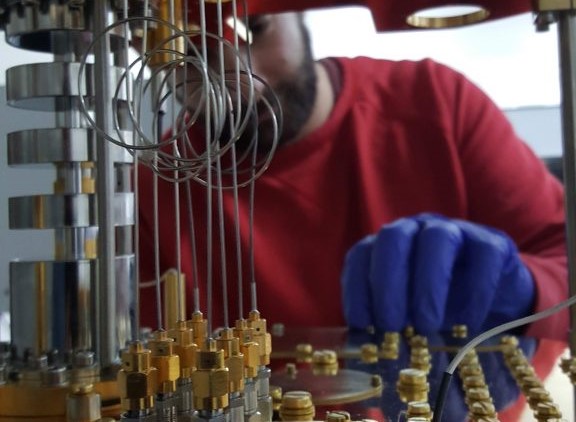
Advisor: Shay Hacohen-Gourgy
Contact: shayhh@technion.ac.il
Abstract:
Pre-requisites:
- +optical interface for superconducting quantum circuits
-
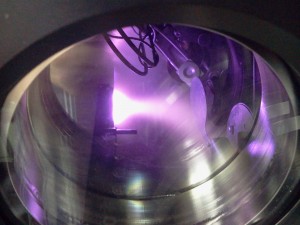
Advisor: Eyal Buks
Contact: eyal@ee.technion.ac.il
Abstract:
Ferrimagnetic resonators will be employed for optically interfacing superconducting qubits.
Pre-requisites: at least two courses on quantum mechanics
- +Spins in diamond
-
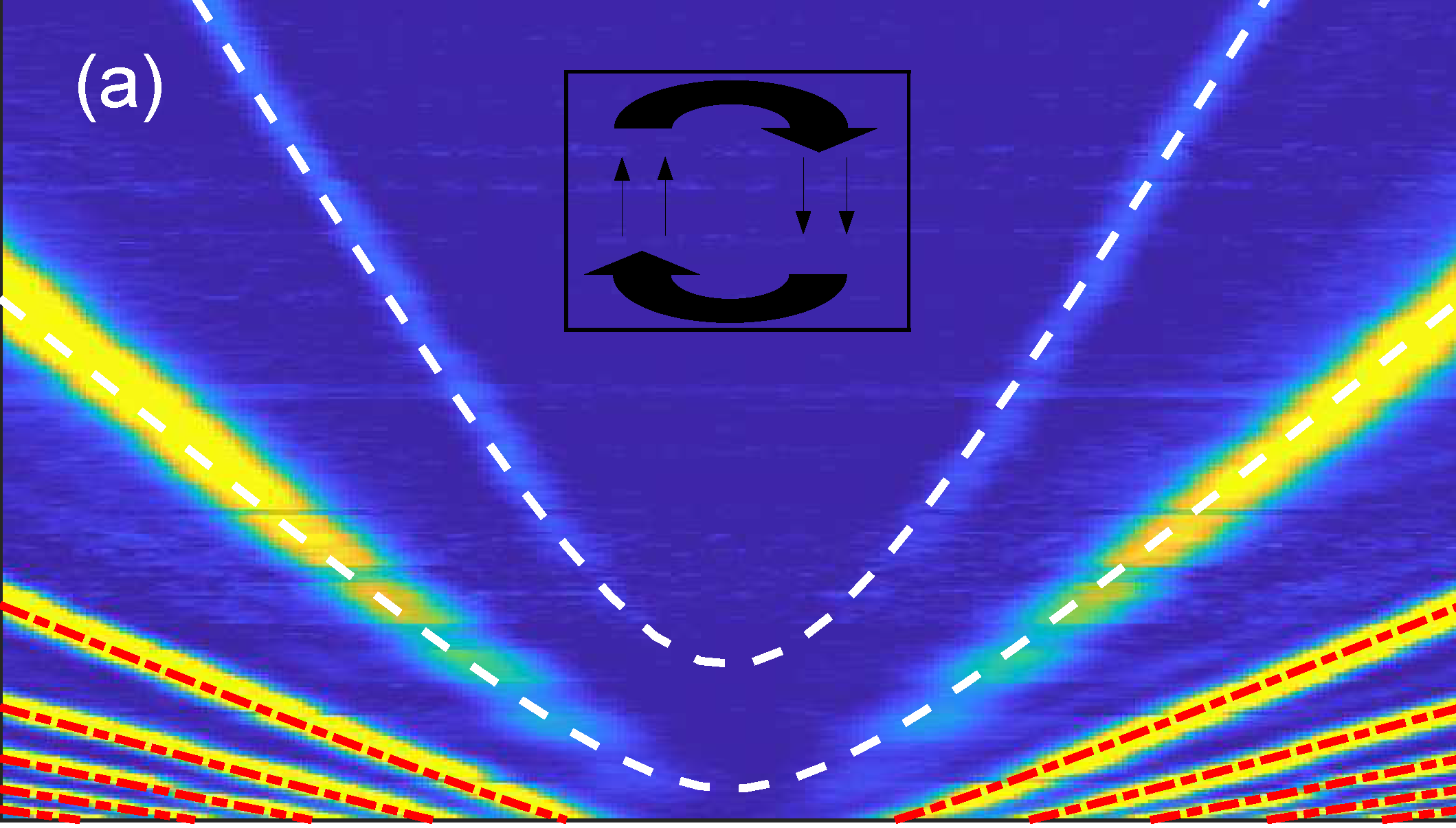
Advisor: Eyal Buks
Contact: eyal@ee.technion.ac.il
Abstract:
Sensors based on spins in diamond will be developed.
Pre-requisites: at least two courses on quantum mechanics
-
+The use of color centers in diamond as building blocks for Quantum computer
-

Advisor: Aharon Blank
Contact: ab359@technion.ac.il
Abstract:
Quantum computing is an innovative approach to performing computational operations using physical systems that obey the laws of quantum mechanics. A quantum computer uses qubits (as opposed to bits of a classical computer) which can be in 0, 1 mode and also in 0 and 1 superposition mode simultaneously. One of the possible physical systems for the realization of a quantum computer is based on NV color centers in a diamond. These color centers include unpaired electrons that have a quantum property called spin. Under an external magnetic field, the spin has two possible directions - in the direction of the field or against it. However, because it is a quantum system, there may also be a state of superposition. Such a physical system is very convenient to use as a basis for a quantum computer where any such color center can be used as a qubit. The aim of the project is to develop methods for measuring and controlling a large number of such qubits in parallel, using magnetic resonance imaging techniques - similar to what is done in MRI systems. The project will include the use of an advanced system for microscopic magnetic resonance imaging and advanced techniques of excitation and optical detection of Quantum state of the qubit.
Pre-requisites: Any basic course in quantum information or quantum technology
- +Quantum amplification and cloning of microwave photons
-

Advisor: Aharon Blank
Contact: ab359@technion.ac.il
Abstract:
Amplification and detection of MW signals with minimal addition of noise is a critical technology for a variety of applications. For example, deep-space communication, radio astronomy, radar, microwave spectroscopy, and quantum technology (e.g., quantum computing and quantum communication). In all of these applications, the signal of relevance is very weak, in the level of a 10s to 100s of MW photons per second, and thus, any noise added to the signal during the amplification process might overwhelm it and eliminate the possibility of detecting it efficiently.
The overall aim of our work in this field is to to develop a new type of diamond-based quantum microwave (MW) amplifier and demonstrate with it amplification of classical and quantum microwave radiation with quantum-limited noise. Following that we will operate this new amplifier to demonstrate the quantum cloning of single MW photons. These feats will initially be carried out at cryogenic temperatures but subsequently will be demonstrated at higher temperatures, all the way to room temperature.
Pre-requisites: Courses in communication can help, courses in quantum optics – great, courses in quantum technology – can help
- +Quantum detection for cold chiral molecular ions
-
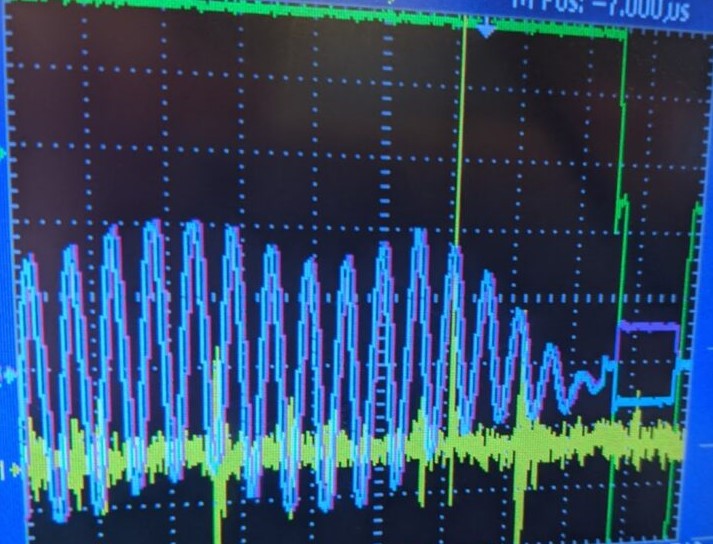
Advisor: Yuval Shagam
Contact: yuval.shagam@gmail.com
Abstract:
The goal of the project to develop experimental techniques based on quantum technology for sensitive detection of chiral molecules according to their handedness. This technology will have multiple medicinal applications as well as laying the ground-work towards precision measurement of parity violation and Dark Matter sensing. The technology will be applied to the charged version of chiral molecules. Student projects include ion motion simulation, quantum state time propagation, electronics design and construction and laser frequency stabilization. Theoretical projects are also available in collaboration with Prof. Yotam Soreq.
Pre-requisites: None
- +Novel approaches for superconducting quantum devices with local tunability
-
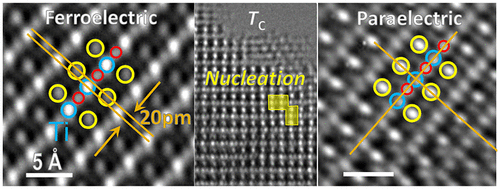
Advisor: Yachin Ivry
Contact: ivry@technion.ac.il
Abstract:
Pre-requisites:
- +quantum computing
-
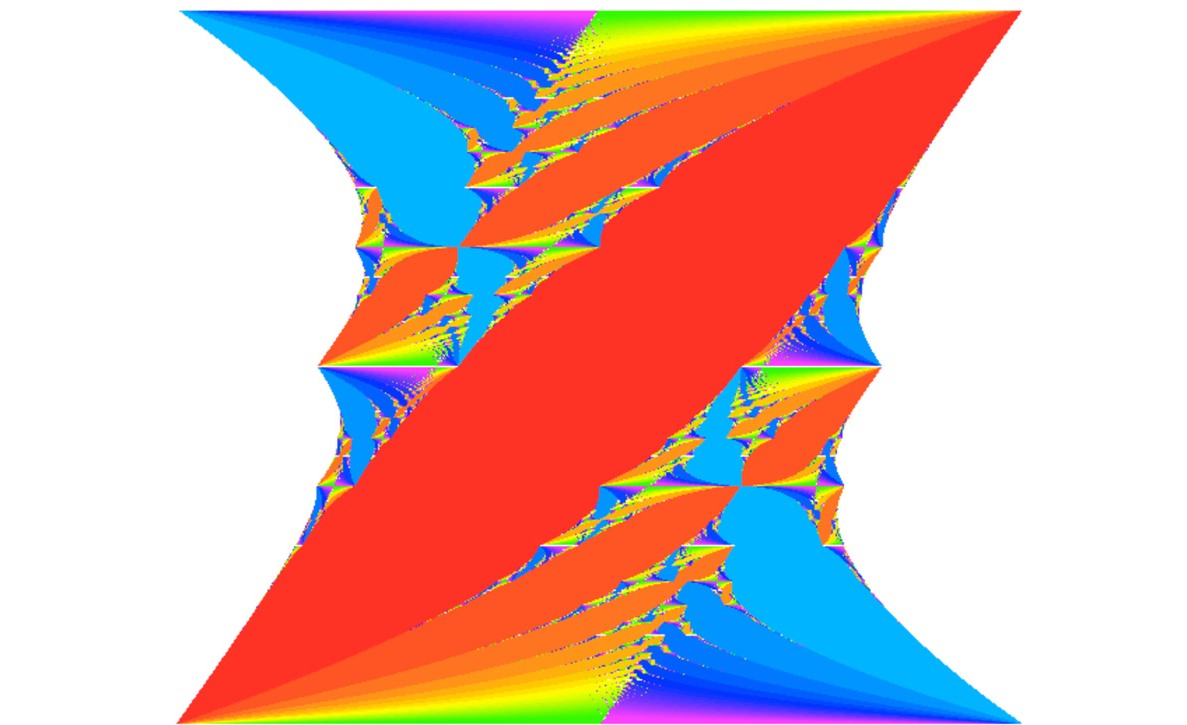
Advisor: Yosi Avron
Contact: avronj@gmail.com
Abstract:
I shall be happy to supervise 1-2 projects for a pair of students on various topics in quantum computing. Possible topics might be: 1. Error corrections in existing quantum computers 2. What can one do with free and bound entanglement 3. Computations with majoranas. 4. An open topic suggested by the students
Pre-requisites: quantum information.
- +Quantum computation with ultracold atoms in an array of micro-optical traps
-
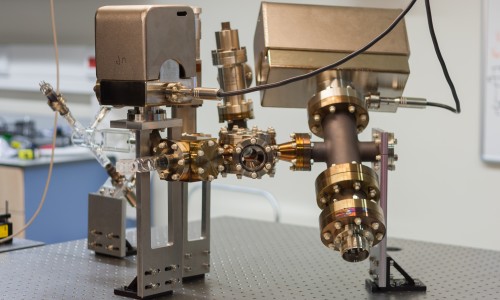
Advisor: Yoav Sagi
Contact: yoav.sagi@physics.technion.ac.il
Abstract:
Pre-requisites:
- +MPS-based tensor contraction algorithms
-
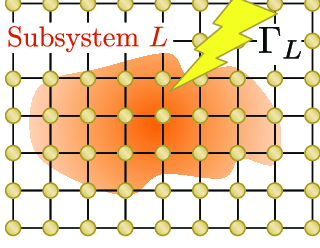
Advisor: Itai Arad
Contact: araditai@technion.ac.il
Abstract:
Tensor Networks (TN) constitute a powerful framework for representing many-body quantum states and operators. Many interesting quantum states, such as ground states can be captured by TN states. One of the central challenges of working with these objects is to contract them, which is necessary for almost all basic TN computation. In this project, the student will develop a TN contraction algorithm that is based on mapping a general TN into a one-dimensional TN called Matrix-Product-State (MPS). This algorithm will be then used either as a stand-alone contraction algorithm, or as a vital part of a more sophisticated contraction algorithm.
Pre-requisites: Introduction to Quantum Information (116030) or the equivalent CS course + Good knowledge of the Python programming language
- +Comparison of two contraction algorithms for thermal states
-
Advisor: Itai Arad
Contact: araditai@technion.ac.il
Abstract:
Thermal states e^{-\beta H}/Z describe the state of a quantum system at thermal equilibrium at inverse temperature beta=1/T. As such, they are central for our understanding of physical properties of matter. Recently, tensor-network techniques have been developed to simulate these states. In this project two students will develop two different algorithms for the computation of these tensor networks, which will then be compared. One algorithm will be a traditional Simple-Update algorithm, while the other will be based on the belief-propagation framework.
Pre-requisites: Introduction to Quantum Information (116030) or the equivalent CS course + Good knowledge of the Python programming language
- +Optical sources for quantum metrology: Direct locking of pulsed lasers to a high finesse cavity.
-
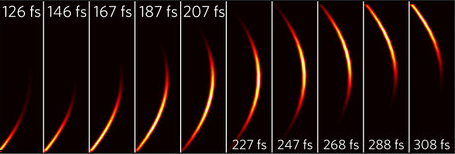
Advisor: Gadi Eisenstein
Contact:gad@ee.technion.ac.il
Abstract:
Pre-requisites:
- +Design of nano-scale devices for quantum communication.
-
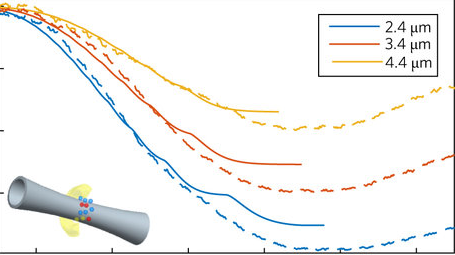
Advisor: Gadi Eisenstein
Contact:gad@ee.technion.ac.il
Abstract:
Pre-requisites:
- +Room-temperature quantum effects in semi-conductor quantum-dot amplifiers
-
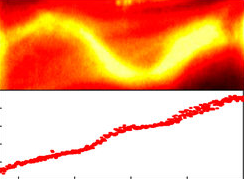
Advisor: Gadi Eisenstein
Contact:gad@ee.technion.ac.il
Abstract:
Pre-requisites:
- +Quantum Simulations of Materials
-
Advisor: Toroker Maytal
Contact: maytalc@technion.ac.il
Abstract:
Two-dimensional transistors are promising candidates for the next generation of nanoscale devices. Like the other alternatives, they also encounter problems such as instability under standard condition,
low channel mobility, small band gaps, and difficulty to integrate metal contacts.
2D transition metal di-chalcogenides showed promising properties that could solve some of these obstacles.
In this study, we calculate the charge transport in various 2D TMDC metal/semiconductor/metal systems, with high accuracy achieved by considering the quantum charge effects, such as tunneling, short
channel effect, electron-electron interaction and p-phonon coupling.
Pre-requisites: Quantum mechanics course
- +Deterministic manipulation of nitrogen atoms in diamond for quantum application
-

Advisor: Alon Hoffman
Contact:Choffman@technion.ac.il
Abstract:
Pre-requisites:
- +Essential concepts in the optical properties of quantum dot molecules
-
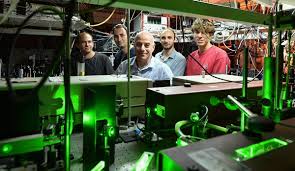
Advisor: Dudi Gershoni
Contact:ssrdgdg@si.technion.ac.il
Abstract:
Pre-requisites:
- +Atomic –Scale Photonics
-
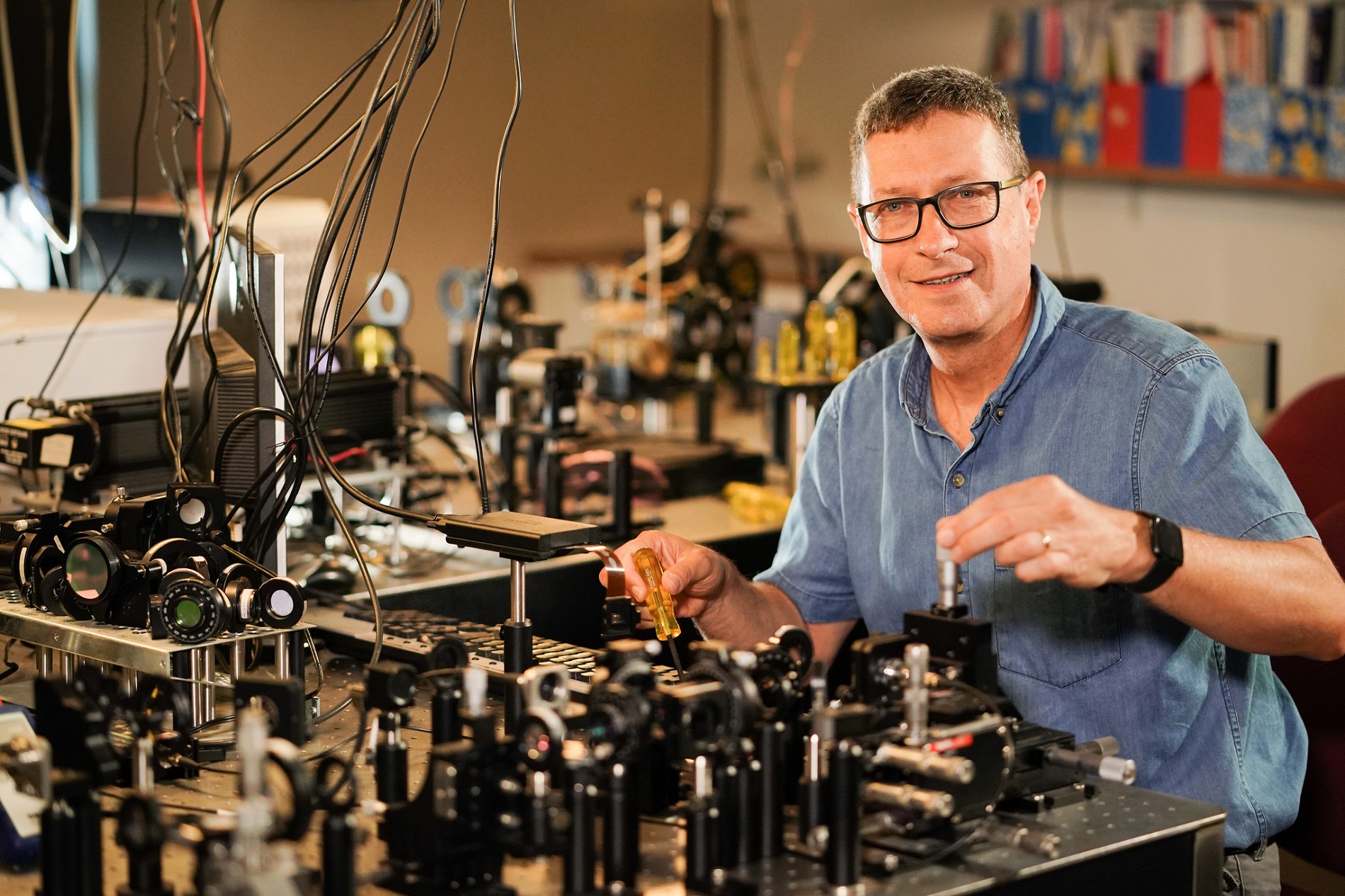
Advisor: Erez Hasman
Contact: mehasman@technion.ac.il
Abstract:
Pre-requisites:
- +Quantum Materials for Neuromorphic Computation
-
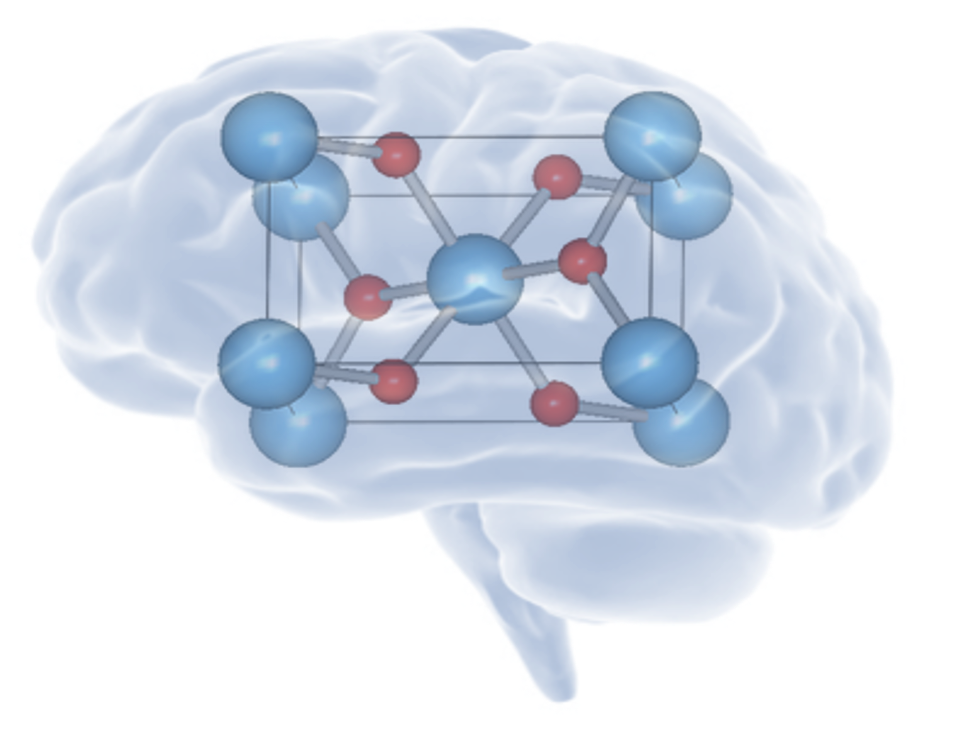
Advisor: Yoav Kalcheim
Contact: ykalcheim@technion.ac.il
Abstract:
Pre-requisites:
- +3D printing of encapsulated quantum emitters inside polymer matrices.
-
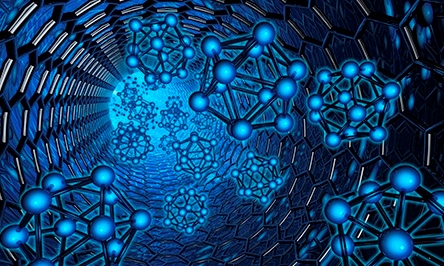
Advisor: Yehonadav Bekenstein
Contact:alinagel@campus.technion.ac.il
Abstract:
Lead halide perovskite quantum dots are great candidates for single-photon sources due to their high photoluminescence quantum yield, ease of fabrication, and control of the emission wavelength. One disadvantage of these quantum dots is their low stability when exposed to oxygen and humidity. Polymeric encapsulation of the quantum dots increases stability when excited with UV light and prolongs the optical properties while stored. We are developing a 3D printing method that enables to position encapsulated single quantum dots in a polymer matrix into specific engineered structures. We aim to optimize the parameters to enable improved stability, opening opportunities to future quantum technologies.
Pre-requisites: quantum mechanics
- +Nanocrystal qubits manipulation using near field ultrafast pulsed laser
-
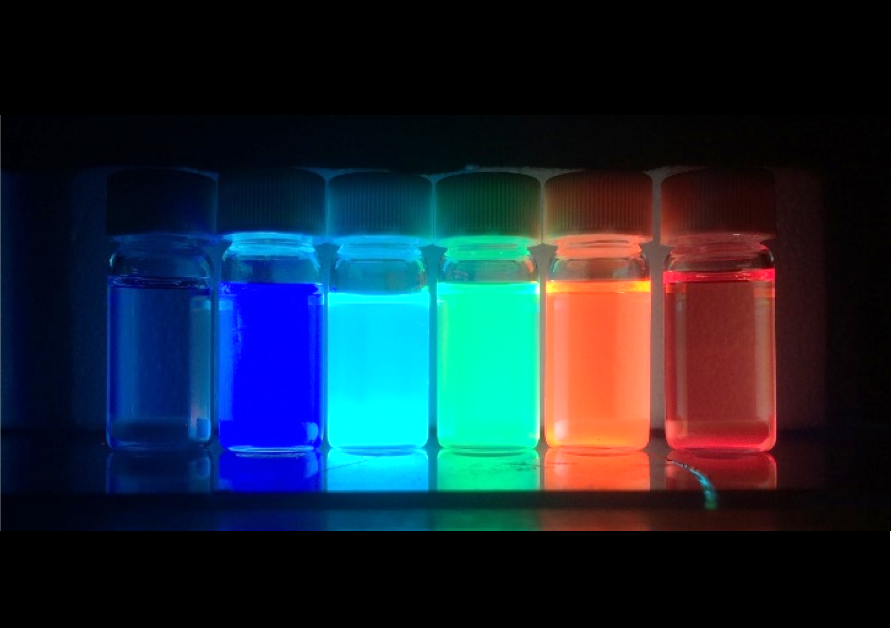
Advisor: Yehonadav Bekenstein
Contact:Vebernoam@campus.technion.ac.il
Abstract:
Qubits are quantum mechanical two level system that can be used for quantum technologies.
Perovskites nanocrystals (NC) stand out as new materials with favorable optoelectronic properties such as strong quantum confinement and fast lifetimes of excitons.
Such physical properties are of great importance for implementation of future quantum technologies.
In this research, we aim to demonstrate the use of a single nanocrystals as a two-level system that can be manipulated in a discreet manner between these states, which is a first step for building a qubit. To achieve this, we use a special atomic force microscope (AFM), which is coupled to a pulsed laser beam focused on the apex of an AFM tip [Scanning near field optical microscopy (SNOM)]. This causes field enhancement concentrated to about a 10 nm radius, which allows the investigation of single NCs using optical light, thus breaking the diffraction limit. By measuring a current between the tip and the sample we acquire information about the charging states of the NC enabling a basic implementation of a two-level quantum system.
Pre-requisites: quantum mechanics
-
+Bridging between variational approaches to quantum many-body problems - construction of Matrix Product State (MPS) representations of Gutzwiller projected mean-field wavefunctions
-

Advisor: Anna Keselman
Contact: akeselman@physics.technion.ac.il
Abstract:
In quantum magnets the presence of frustrated interactions between local magnetic moments can prevent the system from ordering as it is cooled down to very low temperatures. The nature of the ground state in these cases often remains unclear. To get a better understanding of the possible ground states in various models, variational methods are typically used. The goal of this project is to bridge between two classes of variational states used in numerical many-body simulations - namely, MPS states obtained using Density Matrix Renormalization Group (DMRG), and Gutzwiller projected states used in the Variational Monte Carlo (VMC). Constructing MPS representations of Gutzwiller projected states can shed light on the true nature of the ground state in many frustrated spin systems.
Pre-requisites: Quantum Physics 1
- Open Cavity Quantum Electrodynamics of Vibrational Polaritons
-
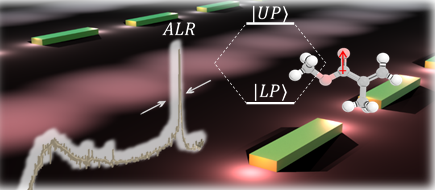
Advisor: Lev Chuntonov
Contact: chunt@technion.ac.il
Abstract:
Cavity Quantum Electrodynamics (Cavity-QED) is at the heart of quantum realm. Experimental systems operating in the Cavity-QED regime can serve as models for qbits as well as sources of entangled photons. Traditional realization of optical Cavity-QED involves discrete photonic modes of a Fabry-Perot cavity coupled to a quantum emitter, generating Rabi-split polaritonic states. However, due to the closed nature of the cavity, only the frequencies of the polaritonic transitions are transmitted, making spectroscopy of the quantum-state-dynamics within the cavity very challenging. We develop a novel open Cavity-QED system based on plasmonic Antenna Lattice Resonances (ALR) of high quality factor operating at mid-IR, providing an excellent platform to study strong light-matter interactions including Bose-Einstein condensation, threshold-less lasing, Cavity-QED chemistry and more.
Pre-requisites: Quantum mechanics course
- +Quantum fluid of light
-
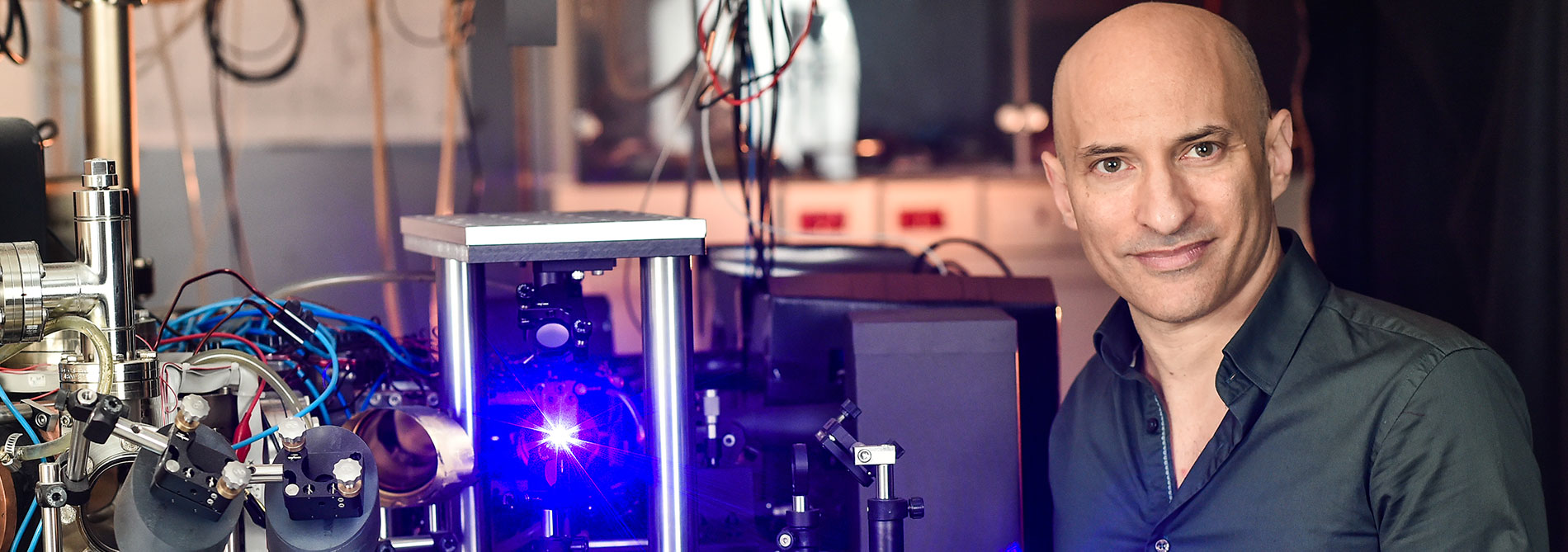
Advisor: Jeff Steinhauer
Contact: jeffs@physics.technion.ac.il
Abstract:
The project is to create a fluid of light, which is a gas of interacting photons, and to study its many-body quantum properties. A rubidium gas will cause the effective interaction between the photons provided by a laser.
Pre-requisites: None
- +Can 2-D Superconductors Conduct Electricity Perpetually?
-
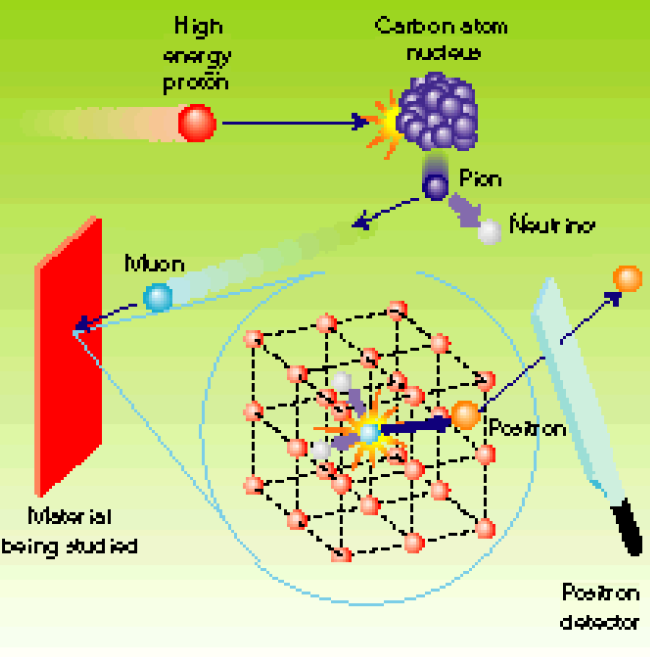
Advisor: Amit Keren
Contact: keren@physics.technion.ac.il
Abstract:
The quantum phenomenon of superconductivity is used for quantum computing and other cutting-edge applications, and if very thin superconductor materials can be created, they can be integrated in electronic or quantum computing devices. Therefore, we are opening a new lab and recruiting a dedicated research team to answer the title question.
It is well known that when electricity is conducted through large superconductor coils, the electricity flows forever because there is no resistance. This is known as persistent current. Two-dimensional (2-D) superconductors are extremely thin surfaces that conduct electricity hopefully without resistance. So far, however, no one has demonstrated that there is persistent current in very thin two-dimensional ring, and, as far as we know, nobody else in the world is researching the subject of persistent currents in 2-D superconductors.
To address this question, we produced the world’s smallest coil – only 2 microns in diameter! This is a very important achievement in itself. The next goal is to use this tiny coil to remotely induce a persistent current in 2-D superconductors and check whether the current flows endlessly. Finally, we need to detect the persistent current. The concept has already been demonstrated using a 0.1 mm coil and a 1 mm ring, and now we need to scale it down.
The project will involve constructing the detection system.
Pre-requisites:

